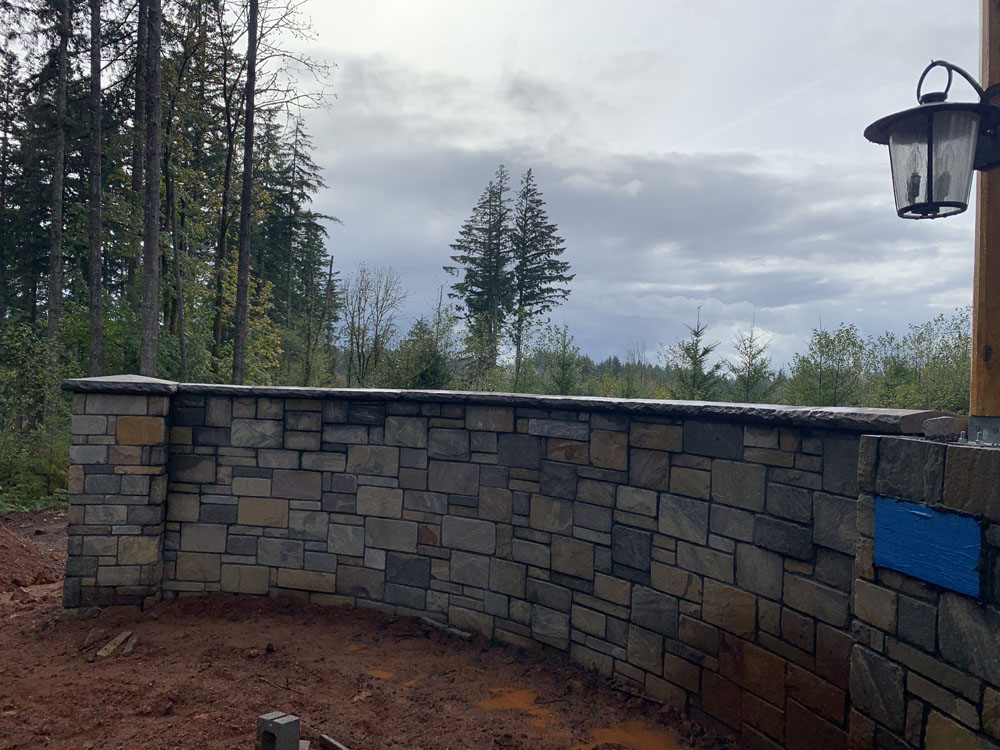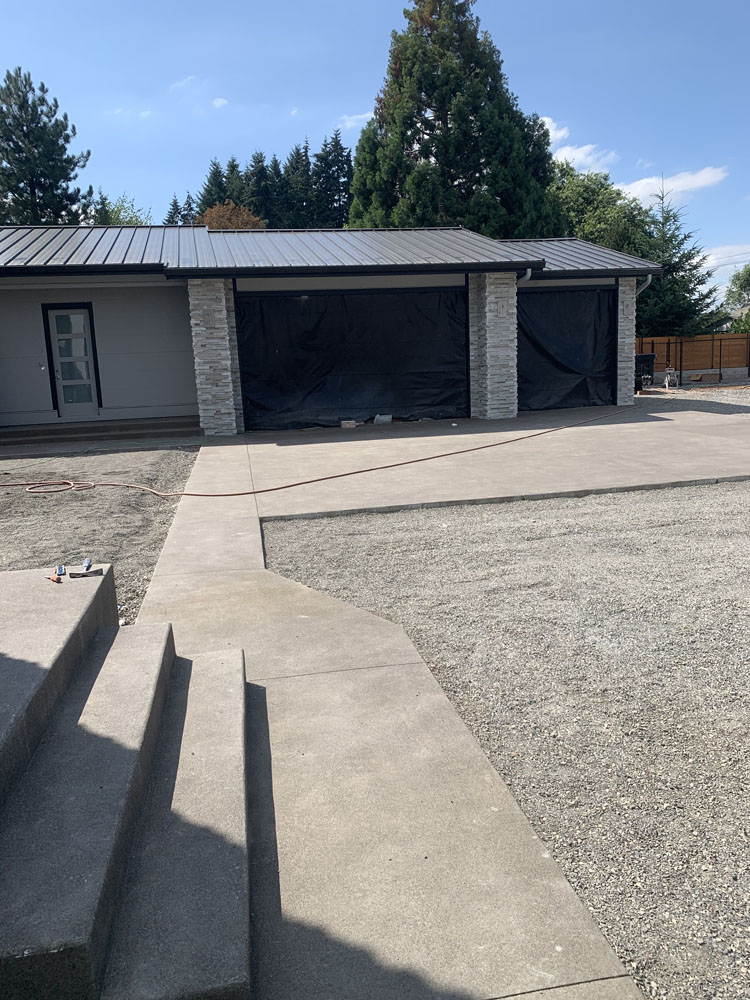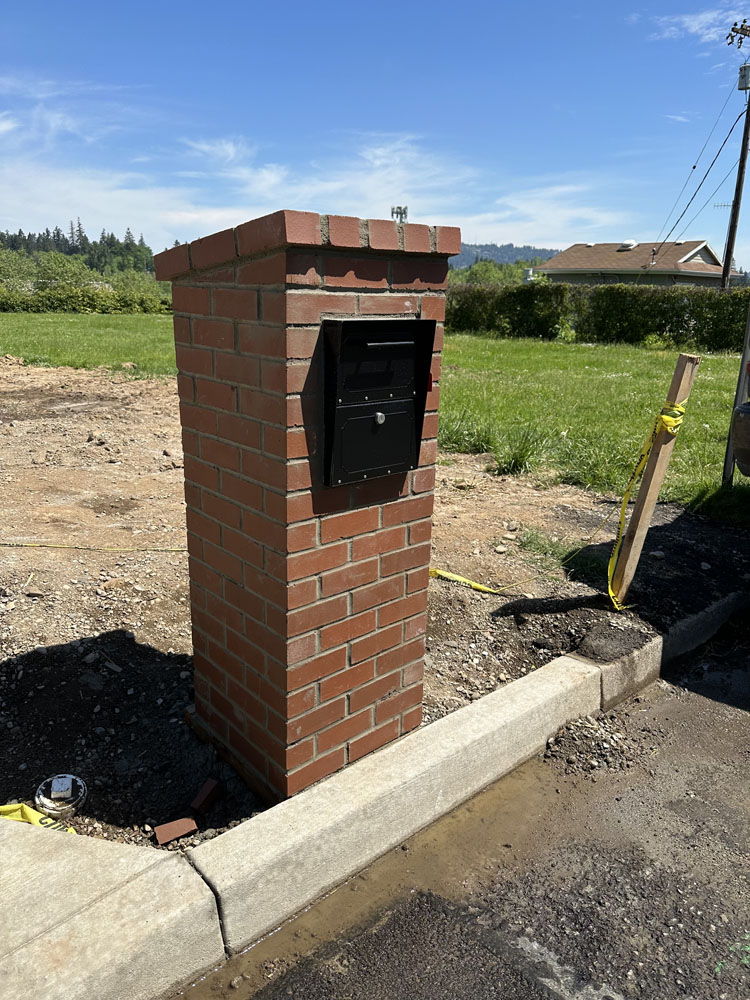Brick Masonry Techniques: A Guide for Homeowners
Introduction
When it comes to constructing or renovating a home, brick masonry stands out as one of the most durable and aesthetically pleasing techniques. Whether you’re considering building a new structure or repairing an existing one, understanding brick masonry can significantly enhance your project’s outcome. In this guide, we’ll explore various aspects of brick masonry techniques, focusing on practical applications that homeowners should know. We will cover everything from basic principles to intricate detailing, ensuring that both novice and experienced homeowners can benefit from this comprehensive resource.
Brick Masonry: The Foundation of Construction
What is Brick Masonry?
Brick masonry refers to the construction method where bricks are laid in a specific pattern and bonded together using mortar. This ancient technique has stood the test of time due to its structural integrity and aesthetic appeal. But what makes brick masonry so popular among homeowners?
Durability: Brick structures can last for centuries when properly maintained. Low Maintenance: Unlike wood, brick doesn’t rot or require frequent painting. Energy Efficiency: Brick walls provide excellent insulation against heat loss and gain.
Why Choose Brick Masonry for Your Home?
Homeowners often wonder why they should opt for brick over other materials. Here are some compelling reasons:
Aesthetic Versatility: Bricks come in various colors, sizes, and textures, allowing for creative designs. Fire Resistance: Brick is non-combustible, making it safer compared to wooden structures. Sound Insulation: The density of bricks helps in soundproofing your home.
Understanding the Components of Brick Masonry
Types of Bricks Used in Masonry
Not all bricks are created equal! Here are the main types:
Clay Bricks: Fired at high temperatures, these bricks are strong and weather-resistant. Concrete Bricks: Made from concrete mix; they are usually denser but may be less aesthetically appealing. Fly Ash Bricks: Eco-friendly options made from industrial waste; they offer good thermal insulation.
Mortar Types for Brick Bonding
Mortar plays a critical role in bond strength and durability. Here's a breakdown of common mortar types:
| Mortar Type | Composition | Best Use | |------------------|-------------------------------|----------------------------------| | Type N | 1 part cement, 1 part lime, 6 parts sand | General-purpose masonry | | Type S | 1 part cement, 1 part lime, 4 parts sand | Heavy load-bearing walls | | Type M | 1 part cement, 1/2 part lime, 3 parts sand | High-strength applications |
Essential Tools for Successful Brick Masonry
Basic Tools Every Homeowner Should Have
Before embarking on any masonry project, it's crucial to have the right tools at hand:
Trowel: For spreading mortar evenly between bricks. Level: Ensures each course is perfectly horizontal. Mason's Line: Helps maintain straight lines over long distances.
Safety Gear You Can’t Ignore
Safety first! Don’t forget your protective equipment:
Safety goggles Dust mask Work gloves
Preparing for Your Brick Masonry Project
Planning Your Design
Before laying any bricks, it’s essential to have a clear plan:
Consider the layout—what kind of pattern do you want? Decide on color schemes that complement your home’s exterior.
Gathering Materials
Make sure you source quality materials:

Purchase bricks from reputable suppliers. Use high-quality mortar appropriate for your climate.
Step-by-Step Guide to Laying Bricks
Setting Up Your Workspace
A clean workspace promotes efficiency! Clear debris and ensure you have easy access to tools and materials.
Laying the First Course of Bricks
Start with a trench filled with gravel for drainage. Lay the first row of bricks with mortar underneath; check level frequently.
Building Upward: Courses and Joints
As you build upward:
Stagger joints between courses for better strength. Use spacers if necessary to maintain even gaps.
Common Challenges in Brick Masonry
Dealing with Uneven Surfaces
Uneven surfaces can be tricky! Here’s how to address them:
Use shims or leveling compounds before laying bricks.
Preventing Mortar Cracking
Mortar cracks can undermine your structure’s integrity. To prevent this:

Avoid excessive water during mixing.
Chimney Repair Techniques Using Brick Masonry
Identifying Common Chimney Problems
Chimneys are notorious for needing repairs due to weather exposure and structural stress.
Signs You Need Chimney Repair:
Cracks in the chimney structure Spalling (brick erosion)
Why Hire a Professional?
If you're not comfortable handling repairs yourself, hiring a qualified masonry contractor ensures safety and effectiveness.
FAQ Section
What is the average cost of brick masonry work?
The cost varies widely based on location and complexity but typically ranges between $10-$50 per square foot installed.
How long does brick masonry last?
With proper care and maintenance, brick structures can last over 100 years!
Can I repair my own chimney?
Yes! However, if you're unsure about your skills or safety measures, it's best to consult with a professional masonry contractor.
Is it necessary to use mortar in bricklaying?
Yes! Mortar provides adhesion between bricks while also allowing flexibility in case of settling or shifting soil conditions.
What maintenance does brickwork require?
Regular cleaning and inspection are key; look out for cracks or spalling which might indicate moisture issues.

Conclusion
Brick masonry represents an age-old technique that continues to impress homeowners with its beauty and resilience. By understanding various techniques outlined in this guide— “Brick Masonry Techniques: A Guide for Homeowners”—you'll find yourself well-equipped to tackle any related project with confidence! Whether it’s laying new bricks or repairing an existing chimney structure through masonry contractor expert advice from a trusted masonry contractor, embracing this craft adds lasting value to your home while enhancing curb appeal.
In summary:
Understand different types of bricks & mortars. Gather essential tools & safety gear. Plan carefully & execute step-by-step methods effectively!
Now that you're armed with knowledge about brick masonry, what's stopping you? Dive into your next https://ramosmasonry.com/masonry-contractor-in-tualatin/ home project today!
This article serves as a comprehensive resource designed specifically for homeowners eager to learn about brick masonry techniques. With clear explanations backed by actionable advice and insights into common challenges faced during projects like chimney repair, you'll be better prepared than ever before!